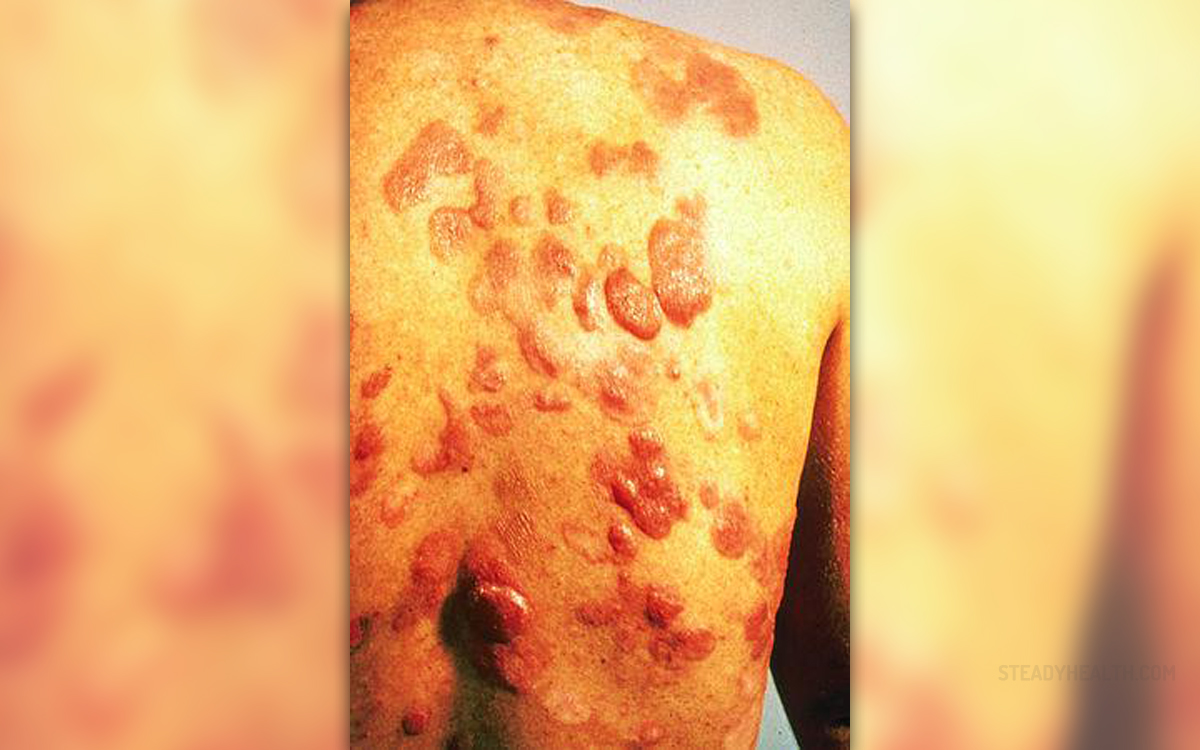
What is Kaposi Sarcoma?
Kaposi sarcoma is a type of sarcoma predominantly affecting immunocompromised patients such as those suffering from AIDS. The tumor may also affect previously healthy individuals. However, it occurs more frequently in immunocompromised people. A recent discovery that the growth of this tumor is somehow triggered by an infection caused by Herpesvirus/Human herpes virus 8 has helped doctors a lot to create new treatment schemes, more efficient than the previous ones.
Relation between Kaposi Sarcoma and AIDS
Before AIDS became one of the common illness affecting people all over the world, this type of sarcoma had been mainly diagnosed in Italians and Jewish people, elderly men in particular. Women had been affected as well but rarely. These patients had somehow been fortunate because the tumor progressed slowly which is not the case with Kaposi sarcoma affecting people suffering from AIDS. The immune system is rather weak allowing cancer cells to multiply rapidly and uncontrollably affecting large portions of the body. Today in people with AIDS who develop Kaposi sarcoma the tumor affects the skin and spreads to the lungs, gastrointestinal tract and other organs.
Apart from the very weakness of the immune system, Kaposi sarcoma is closely connected with infection caused by Human Herpes virus type 8. This virus is easily contracted through unprotected sexual activity. Scientists managed to connect the virus with the sarcoma. Namely, the viral particles (parts of its genome) were isolated in Kaposi sarcoma lesions. This drove scientists to conclusion that the virus may influence malignant alteration of previously normal cells. Since people suffering from AIDS frequently contract Human Herpes virus infection and their immune system is weak, they easily develop Kaposi sarcoma.
Diagnosing Kaposi Sarcoma
Many times the very changes on the patient's skin may be sufficient enough for doctors to suspect Kaposi sarcoma. In patients suffering from AIDS the disease has a variable clinical course. There may be only a few skin changes while sometimes the tumor may rapidly spread affecting large portions of the skin. In the majority of cases skin lesions are located in the lower extremities, face (nose in particular) and genital area. The lesions may vary in color and be pink, red, purple or brown. The tumor is practically scattered in the form of papules of different size. Some patients may additionally develop plaque-like skin lesions. These are usually found on the soles of the feet and sometimes the thighs. Additionally, patients are highly susceptible to lymphedema, a complication associated either with obliteration of lymphatics by the tumor or the effects of cytokines, small cell-signaling molecules involved in the pathogenesis of Kaposi sarcoma.
Kaposi sarcoma in later stages affects other organs apart from the skin. For instance, tumor cells may start to grow inside the oral cavity (the palate, the gingiva, etc.), gastrointestinal tract, lugs and lymph nodes.
Treatment Options
Once the tumor occurs it cannot be cured. This is why the goal of the treatment is practically to alleviate all the symptoms and signs patients are dealing with, reduce negative effects of tumor spread, prevent potential complications and further progression of the disease. Being already immunocompromised makes AIDS patients suffering from Kaposi sarcoma very challenging patients because their body cannot fight the tumor and only with various treatments the mentioned goals may be achieved.
It is of major importance to determine the biology of the tumor and several more factors before opting for the most convenient treatment. Furthermore, patients are examined for any potential impairment in organ function that may interfere with the treatment or even increase the toxicity of administered drugs. Medications that are a part of the patient's current treatment for AIDS are also taken into consideration because such patients are prescribed many different drugs, some of which may interact with medications used in treatment of Kaposi sarcoma.
Antiretroviral therapy is an integral part of the treatment. It reduces the number of viral particles, therefore decreases proportion of new AIDS-defining Kaposi sarcoma cases and initiates regression in the size as well as number of existing skin lesions.
Local therapy is efficient against localized bulky lesions. These are treated with alitretinoin gel 0.1%. Treatment is supposed to last at least 4-8 weeks. Additional treatment options used in case of localized disease are radiation therapy, intralesional chemotherapy, laser therapy and cryotherapy. All of the mentioned treatment modalities may only bring local disease under control. They are not efficient against disseminated disease.
Cytotoxic chemotherapy is engaged in case of disseminated disease. These patients generally respond well to many older chemotherapeutics which can be administered in the form of a single-drug therapy or a combination of drugs. Today doctors investigate and try to incorporate newer liposomal anthracyclines as well as paclitaxel in treatment of Kaposi sarcoma. Finally, interferon may be used in patients in whom the tumor is limited only to the skin and the immunosupression caused by HIV is moderate.



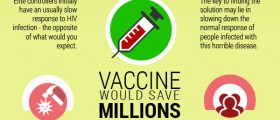

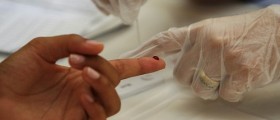

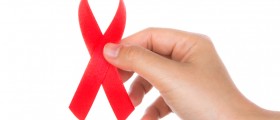
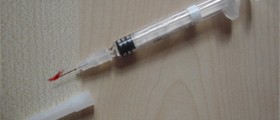
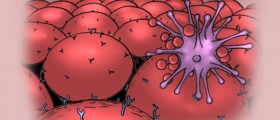



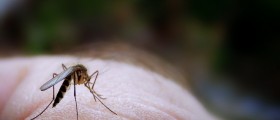


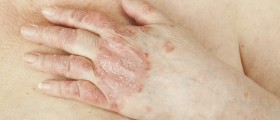
Your thoughts on this
Loading...